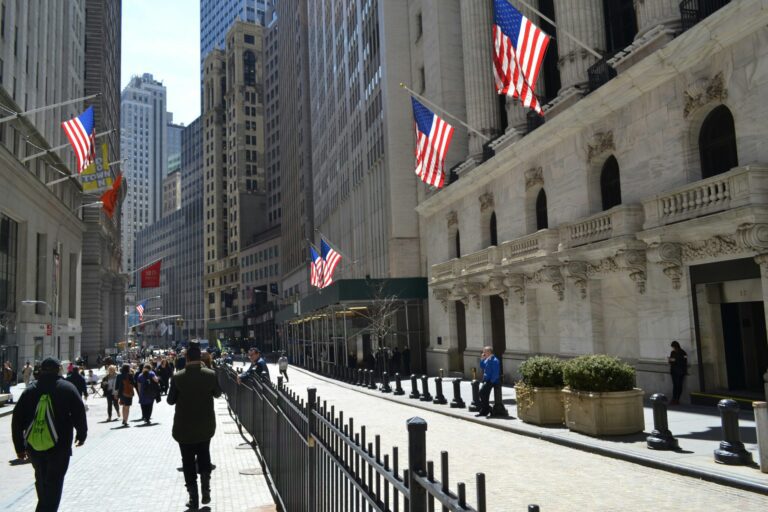In February 2025, U.S. inflation showed a notable decrease, easing more than expected. The Consumer Price Index (CPI) recorded a rise of 2.8% year-over-year, a marked improvement compared to January’s 3%. This reduction has been attributed to several factors, particularly the significant drop in airfares and gas prices, which helped ease the overall cost burden on consumers.
The decline in inflation comes as a welcome relief to the U.S. economy, especially after a prolonged period of rising prices that have placed strain on household budgets. Gasoline prices, which had surged in recent months, saw a reversal in February, providing much-needed respite for American drivers. Similarly, airfares dropped, contributing to lower overall travel costs during a period typically characterized by high travel demand.
Despite these positive signs, there are still several challenges on the horizon. One of the most concerning developments is the introduction of new tariffs by the U.S. government on steel and aluminum imports, set at 25%. These tariffs, which came into effect earlier in February, have raised alarms about the possibility of a trade war. While the government argues that these tariffs are necessary to protect domestic industries, critics fear they could lead to a cascade of rising prices across various sectors. In particular, industries reliant on steel and aluminum for production, such as automotive and construction, may face increased costs, which could be passed down to consumers in the form of higher prices.
The concerns over tariffs are compounded by the uncertainty of how international trading partners will respond. Countries that are major exporters of steel and aluminum to the U.S., such as China and Canada, may retaliate with their own tariffs, further escalating tensions in global trade. This potential escalation is being closely monitored by economists and policymakers, as it could significantly impact inflation trends moving forward.
While the easing of inflation in February is a positive development, the future trajectory remains uncertain. If the impact of the new tariffs causes production costs to rise, it could trigger another wave of price hikes, reversing the progress made in reducing inflation. For now, consumers and businesses alike will have to navigate the delicate balance between these conflicting forces: the immediate relief from lower prices and the looming risks posed by escalating trade tensions.


